*** UPDATE *** In May 2018, the lava lake at Halemaumau drained. The lava is no longer visibly present there.
How do you describe watching a crater billow with smoke and glow from a lava lake that’s hundreds of feet below the surface? Somehow the words amazing and incredible just don’t do enough to adequately describe this sight.
As you are making your vacation plans for the Big Island of Hawaii, I hope you’ll find time to visit Hawaii Volcanoes National Park where you’ll discover this active crater called Halemaumau at the summit of Kilauea Volcano. If possible, aim to see it when the sun is down or at dawn or dusk so that you’ll be able to see the red glow from the lava lake. A great vantage point to view Halemaumau is from the Jaggar Museum within the national park off of Crater Rim Drive.
So, what’s creating the constant cloud of smoke and the red glow from Halemaumau crater? The crater has an opening in the floor that’s about 400 feet in diameter. This opening is essentially a vent that allows the volcanic pressure and gases to escape. The opening was created by an explosion in March 2008 and since then a consistent plume of smoke and ash have been flowing from the crater floor. The smoke is actually a mixture of volcanic gasses, ash, and steam.
The blood-orange glow that you’ll likely see at dusk, dark, and dawn is the glow of a lava lake that’s some 400 or 500 feet below the crater floor. The intensity of the glow varies almost minute by minute. Sometimes, it’s strong enough for the webcam at the Jaggar Museum to pick up the glow. I noticed that what you see in person is much stronger/better than what you see on the webcam.
It’s very fitting that Halemaumau has been active as this crater is called the home of Pele, the Hawaiian goddess of fire. For over 100 years Halemaumau has boiled with lava both above and below the surface.
What to know when you go:
- Since Halemaumau is located within Hawaii Volcanoes National Park, you must pay a park entry fee. This fee allows you entry in to the park for 7 days. See my tips for visiting Hawaii Volcanoes National Park. There is plenty to see and do inside the park besides Halemaumau.
- Volcanic fumes can be hazardous. I have noticed that them make me have a temporary dry cough. Park officials are constantly monitoring air quality based on the direction of the winds. Heed all warnings. Visitors with heart or breathing problems and infants, young children, and pregnant women are especially at risk and should avoid being in areas where fumes persist.
- Ideal times to see Halemaumau’s eruptive activity is around dusk and dawn where you have an opportunity to see both the red glow from the lava lake as well as the plume.
- See a collection of our photos from visiting Halemaumau.
Have you seen Halemaumau’s recent activity? How would you describe it?
*** UPDATE *** In May 2018, the lava lake at Halemaumau drained. The lava is no longer present there.
—-
See more ideas of what to see and do on Hawaii’s Big Island.



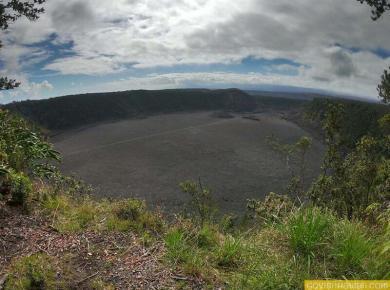
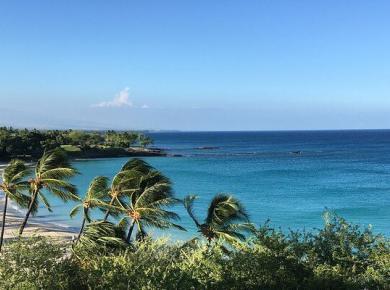
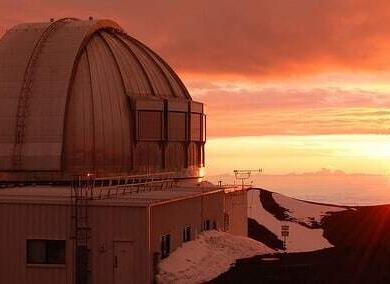
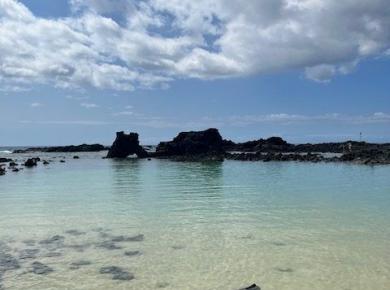

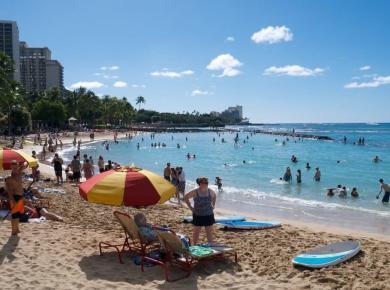
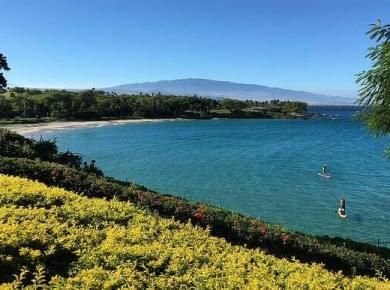
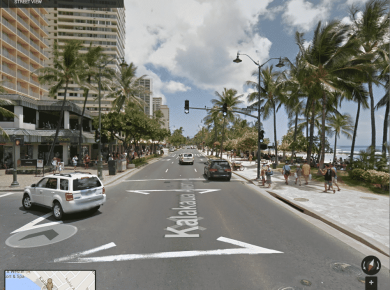

2 comments
Don’t forget wear warm clothes as it can be in the 30’s and 40’s at night up there with a stiff breeze. Misty rain too. Bring hot drinks. Lawn chair for longer visits.
Great points, Bryan. We were there at night back in January and the temperature was in the 50’s.